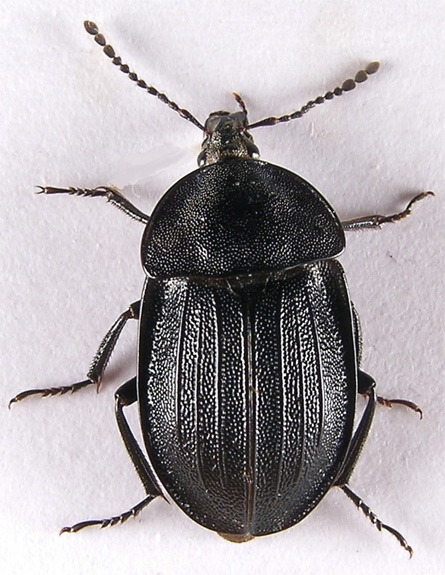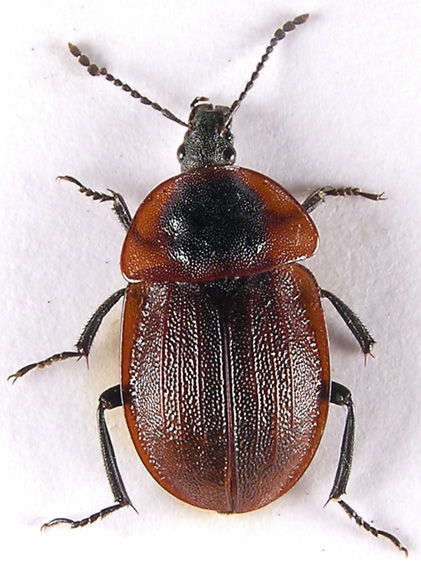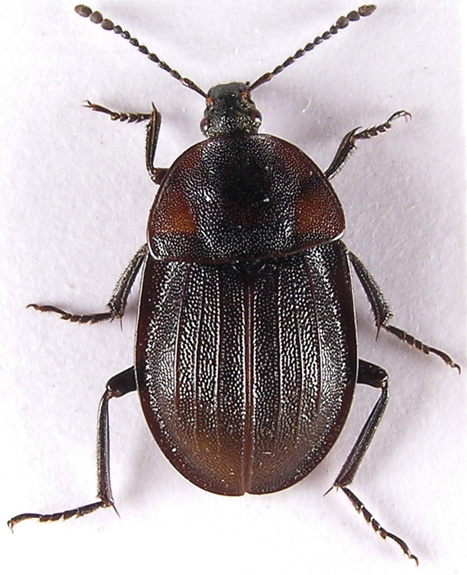
|
Widely distributed throughout the UK and common in many different habitats;
woodland, meadows, gardens, shores and often seen on moorland paths. Adults occur in moss samples throughout the winter.
Occurs throughout the Watford area being abundant around the Whippendell wood borders and in Oxhey park. Adults and
larvae feed on pulmonate snails and earthworms. The adult attacks a snail with a poisonous bite causing it to withdraw
into its shell and fill the entrance with a viscous fluid, the beetle then eats its way through the fluid with the
assistance of a secretion which dissolves both the fluid and the snail tissue. They are active under logs and bark of
fallen or standing deciduous timber from october, often in groups of up to a dozen and usually in very damp conditions.
Large numbers can be found in January and february and later, during the first warm days in march, can be seen crawling
on trunks or logs in the open. After april or may, depending on season, they are seldom seen ¹.
The beetle varies from completely black to almost red, both extremes and all intermediates are common and often found
together. Unmistakable, the combination of produced mandibles, completely rounded pronotum and longitudinally raised
elytral lines identifies the species.
10-15mm. Antennae 11 segmented, inserted in front of eyes, segment 1 longer than next 3, 9-11 form a dull indistinct club.
Entire upper surface strongly punctate, those on elytra larger and longitudinally confluent. Pronotum strongly bordered
except hind margin. Each elytron with 4 strongly raised shiny ridges, the outer 3 evanescent well before apex. Elytral
margin strongly reflexed almost to apex. Legs long and stout, tibiae with rows of short setae and spines, each with
strong terminal spurs on inner surface. Tarsi 5-5-5 with robust, simple claws.
¹ 1 specimen from umbels in bright sunshine. Whippendell wood 29/07/07.
Description from 4 Watford specimens at X10
|


